Day 13 Wednesday Dec 6, 2023
Philae Temple of Isis, High Dam, Russian Friendship Monument, Unfinished Obelisk, Nubian Museum, back to the scenic Elephantine island
[all transport by Careem and hailed taxi as contracted driver did not turn up at 8am]
WALK THROUGH ELEPHANTINE ISLAND, AN AUTHENTIC ANCIENT NUBIAN VILLAGE
Elephantine island has been lived in from ancient Egypt times and people are all Nubians.
The houses carry lovely paintings. we walked through to the piublic pier, boarded the ferry
DRIVER DITCHED US
Our Luxor driver Hamdi had fixed up with his Aswan friend to take us to Aby Simbel, stay overnight and drive back to Luxor airport for 130usd. The same driver was supposed to show us Philae Temple of Isis, High Dam, Unfinished Obelisk, Nubian Museum the previous day. Hamdi said 30usd and then cut it to 15usd.
We decided on a late start, not the usual 6am, we whatsapped the new driver to wait for us at the public pier at Aswan.
he never replied and did not turn up also.
CAREEM
We decided to do it on our own. Caught a Careem [UBER does not work in Aswan] and reached the dock to take the ferry across to Philae temple.
The problem was the pier was 900m from the gate and to enter, parking fee had to be paid, even if the car will right away leave. We paid for the parking and asked to be dropped at the pier.
Everybody else was arriving as tour groups and had all arranged as package for the whole day. We were on our own
BOAT TO PHILAE TEMPLE
Boat to the island and back had to be negotiated. [a while ago, it was just single trip but tourists were getting stranded in the island and had to pay exorbitant prices to come back, so now return journeys are mandated with 1 hour for time on the island]. It's price per boat, not by number of people. The guy asked for 400egp, we got it down to 250 egp and boarded
The boat guy gave us his phone number, told us to be back in an hour
Philae temple [380 BC-30 BC]
The Philae temple complex dedicated to Isis, the goddess of fertility and motherhood. is on an island in the reservoir of the Aswan Low Dam, downstream of the Aswan Dam and Lake Nasser, Egypt.
the temple complex was located on Philae Island, near the First Cataract of the Nile in Upper Egypt. These rapids and the surrounding area were being flooded since the construction of the Aswan Low Dam in 1902. The temple complex was dismantled and moved to nearby Agilkia Island as part of the UNESCO Nubia Campaign project, protecting this and other complexes before the 1970 completion of the Aswan High Dam
Gate of Ptolemy II:
Two pink granite lions stand in front of the first pylon by this gate. Two pink granite obelisks at one time joined the lions together. These obelisks are significant because the hieroglyphs found on the base of the obelisks were compared to the Rosetta stone, and were instrumental in deciphering the Egyptian consonantal alphabet.
The obelisks in front of the temple were removed in 1918 by British Consul Henry Salt and his assistant Giovanni Belzoni, and are now in a garden in Dorset, England.
First Pylon:
Reliefs and inscriptions are abundant in the Temple of Isis. For example, on the eastern tower of the first pylon, Dionysus is depicted as holding the enemies of Egypt by the hair while raising his club. Others in the scene include Hathor, Horus and Isis. Above this menacing depiction there are two smaller scenes.
One is of the pharaoh offering his crown to Horus and Nephths, and one is of the pharaoh offering incense to Isis and Horus as a child.
BIRTH HOUSE
THE TRAJAN KIOSK (PHARAOH'S BED) 106 AD
Trajan’s Kiosk is today a roofless structure. In ancient Egyptian times, it was likely roofed and used as a shelter for Isis’ barque at the eastern banks. It is sometimes referred to as the “Pharaoh’s Bed”; Trajan was a Roman Emperor but the kiosk itself likely dates back to earlier times.
Second Pylon:
Inner Courtyard
The Western Tower depicts Ptolemy XII offering animals and incense to various gods including Hathor and Horus. Also depicted is the king offering flowers to Nephthys and Horus, and another of the king pouring water and presenting incense on an altar while in the presence of Horus, Isis and Osiris.
We were back to the boat
BOAT RIDE BACK
NO SIGNAL TO CALL CAREEM
We were at the carpark, if we called a car on Careem, we had to pay him the parking fee to enter on top of the Careem ride charge. We were fine with that. But there was no signal.
Cars were parked there waiting for their passengers to come back after the visit... so basically more than anhpur. An elderly guy offered to give us a ride to our next destination.... see the High Dam and then get dropped at unfinished obelisk.
We negotiated a price and got in
HIGH DAM

"Lotus Flower" tower, the Egyptian-Russian Friendship Monument
commemorating completion of the Aswan High Dam, Lake Nasser
We got dropped at the Unfinished Obelisk and the driver rushed away to his customers at Philae pier
Designed by a Russian architect, the symbol of Egyptian-Russian friendship was established in 1967.
At 230 meters. It is higher than the Cairo Tower which is 187 meters
The symbol of friendship is in the form of an open lotus flower consisting of 5 petals
We got dropped at the Unfinished Obelisk and the driver rushed away to his customers at Philae pier
UNFINISHED OBELISK
Obelisks are large 4-sided columns that end in a pyramid shape. obelisks represented eternity and immortality, and their long, tapering form functioned to connect the heavens and the earth. Their pinnacles were typically covered in gold to reflect the sunlight.
Pharoah Hatshepsut (1508–1458 BC) commissioned an obelisk, possibly to complement her obelisk at Karnak (which was later brought to the Lateran Palace in Rome, and now known as the Lateran Obelisk). The Obelisk is located in the quarries in north Aswan. measures 42 m and 1200 tons. The base of the Obelisk is 4 m long. It is made of pink granite.
The unfinished obelisk is nearly one-third larger than any ancient Egyptian obelisk ever erected.
The obelisk's creators began to carve it directly out of bedrock, but cracks appeared in the granite and the project was abandoned. The bottom side of the obelisk is still attached to the bedrock.
The unfinished obelisk offers insights into ancient Egyptian stone-working techniques, with marks from workers' tools still clearly visible as well as ochre-colored lines marking where they were working
The surface was smooth because they removed the imperfections with stone balls. It is considered an open-air museum that offers you the opportunity to learn about stone masonry and to cut huge blocks.
MADE A MISTAKE, WALKED THE WRONG WAY
We went to the rest room before we started on the boardwalk of the place, so by mistake we started from the exit. Walked through the quarry, could not even spot where the obelisk was
reached the highest point and got a view of the surroundingsthe obelisk is right there lying on the left, we did not see it
we thought these erect stones were the obelisk, wondered why the shape was wrong
finally we saw a guide stopped at this place and pointing and we realized here lies the obelisk
it's still stuck to the bedrock
unanswered??s: how were they carved in one block? How were the thousand-ton monuments transported over hundreds of miles? And how were these immensely heavy columns raised into position once they arrived at their destination? it's all a mystery!!
we came out, called Careem and got dropped at the Nubian museum
NUBIAN MUSEUM
Nubia is a region along the Nile river encompassing the area between the first cataract of the Nile (south of Aswan in southern Egypt) and the confluence of the Blue and White Niles (in Khartoum in central Sudan), or more strictly, Al Dabbah.
It was the seat of one of the earliest civilizations of ancient Africa, the Kerma culture, which lasted from around 2500 BC until its conquest by the New Kingdom of Egypt under Pharaoh Thutmose I around 1500 BC, whose heirs ruled most of Nubia for the next 400 years.
Nubia was home to several empires, most prominently the Kingdom of Kush, which conquered Egypt in the eighth century BC
The museum building has distinctive architectural design clad in local sandstone and pink granite, reflecting traditional local Nubian architecture
The museum has three floors, exhibiting thousands of artefacts that shed light on the development of Egyptian and Nubian geographical, social, and cultural civilization. The main exhibition hall and diorama present the local traditions and handicrafts of Nubia.
Burial mound
Lion cub handles...
Crown
BEAD WORK
NUBIAN GOLD
nwb, the ancient Egyptian word for gold.
AMAZING DIORAMAS OF NUBIAN LIFE
Ushabtis
spears
IVORY SENET BOARD
we called a careem and reached the pier
WALK THROUGH THE VILLAGE
Our room is the top one o n the right...
ENJOYING THE VIEW OVER THE NILE
SUNSET OVER THE NILE
HAD SOME FOOD
It had been a bit of a challenge without a dedicated driver/car but we had managed to have a lovely day

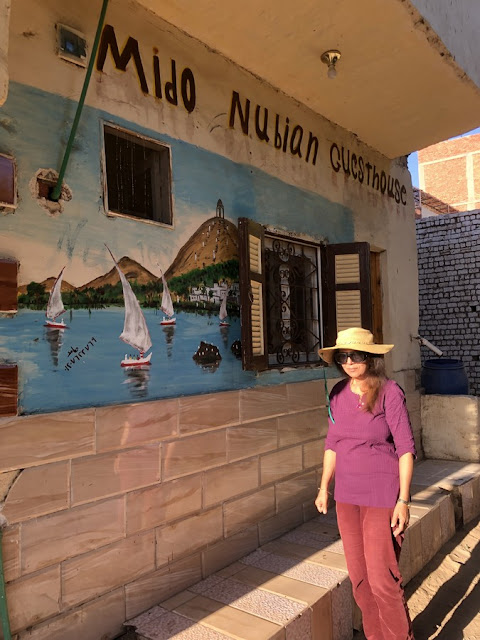

















































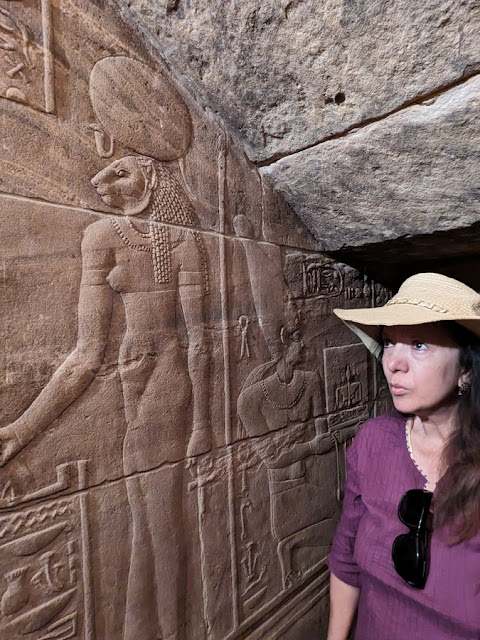
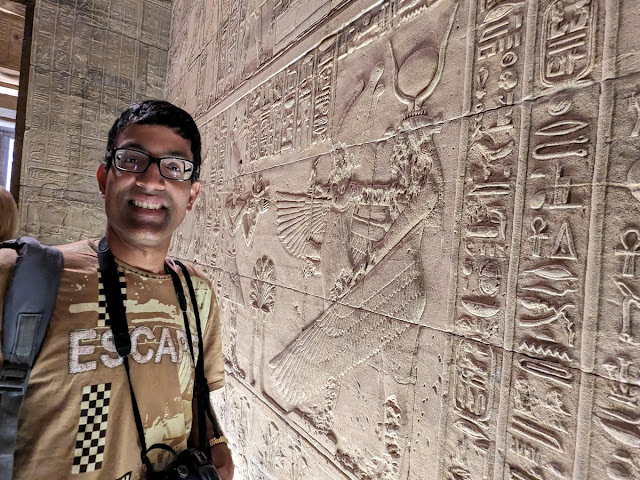














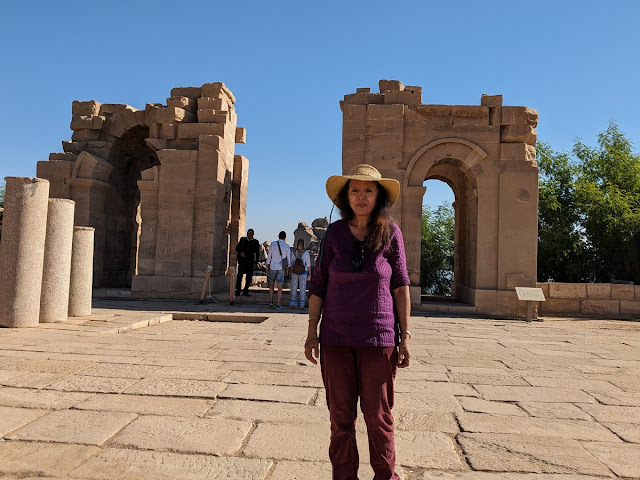













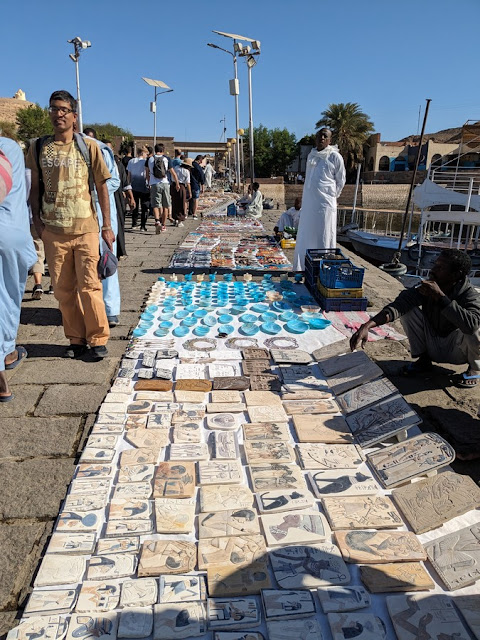
















































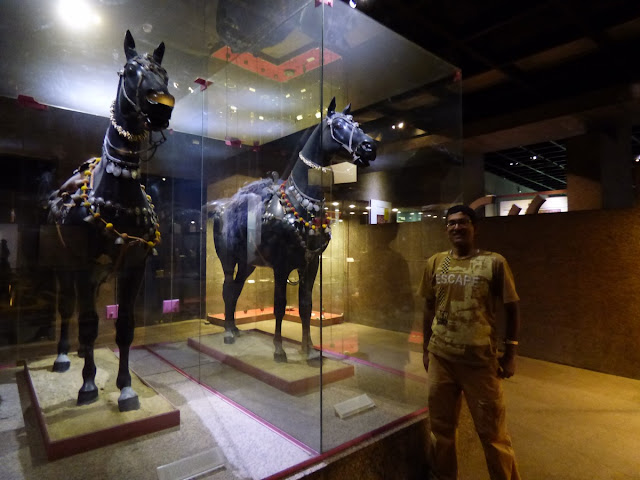

















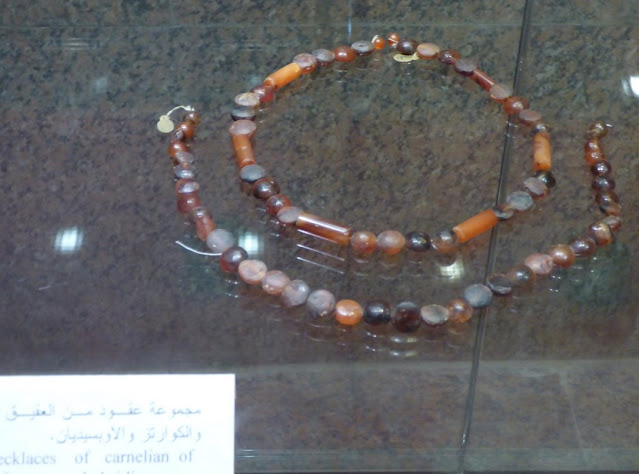











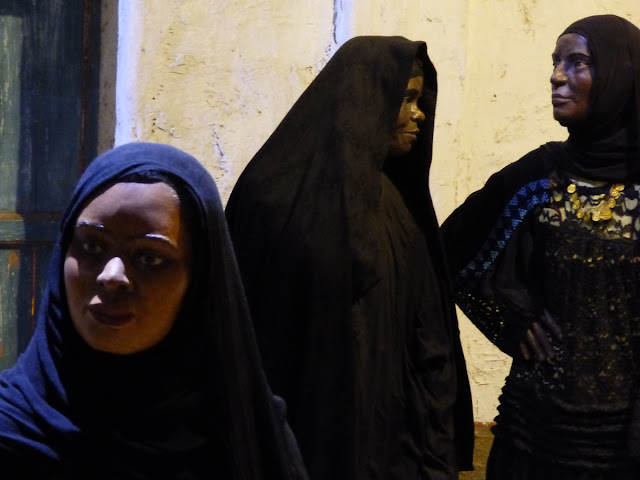



























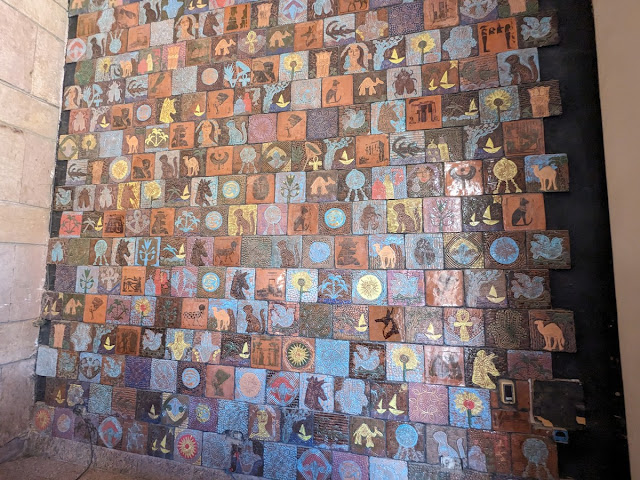


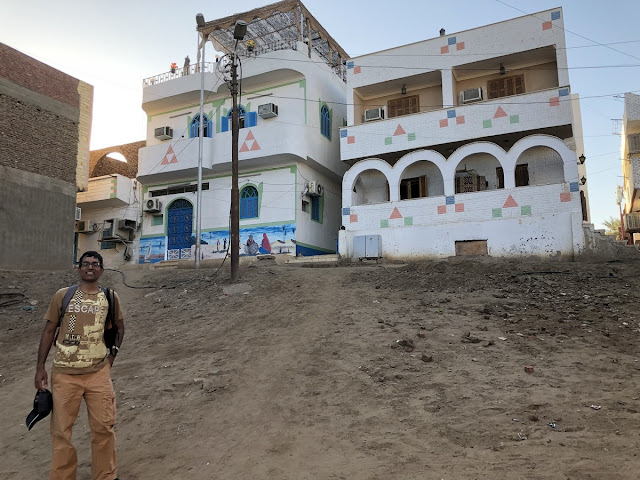





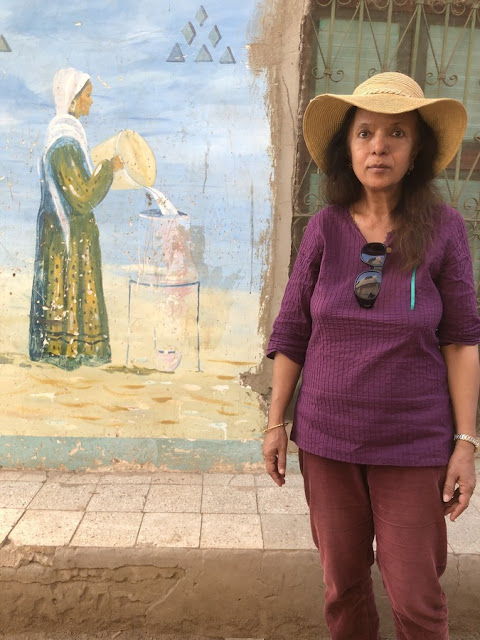











No comments:
Post a Comment